A novel is made up of a series of scenes, like the beads on a necklace, or episodes of a TV show with an overarching plot. If you want to write a great novel, it’s important that you nail each scene. They’re like mini-stories with a beginning, middle, and end that get the reader hooked and make them excited to read more.
Today we’re going to be specifically discussing the beginning of the scene—setting the stage. The beginning is when you suck the reader in and hopefully don’t let go. I’m going to outline setting each scene so your readers won’t be able to resist reading on.
Here’s how to set a scene in your novel.
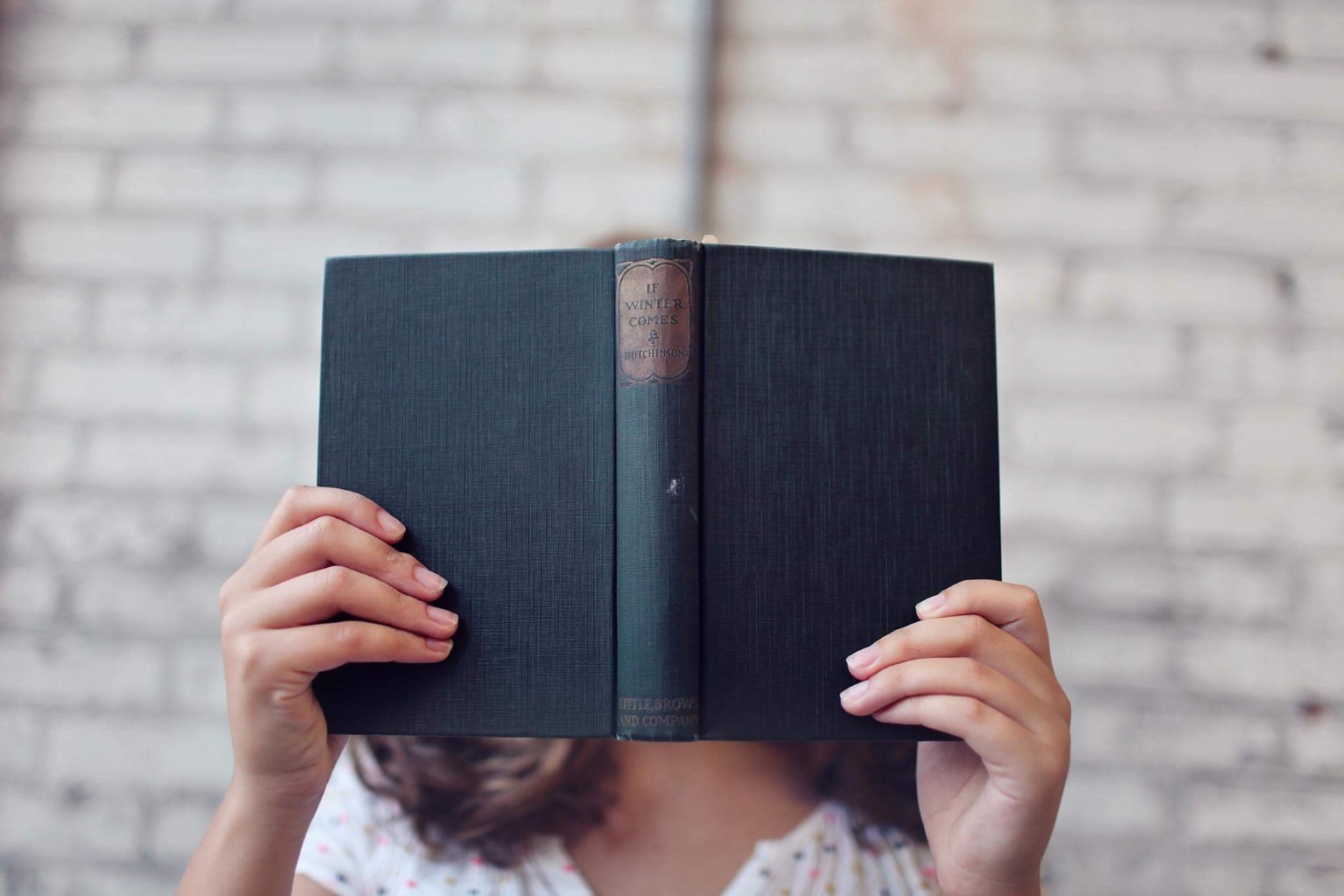
Study the Masters
Think of the books you’ve read that you just couldn’t put down. Odds are, the authors of these books excel at setting a good scene. I would recommend that you spend some time rereading these novels and paying special attention to what makes them work.
One thing to note is each book’s first line. I’ve mentioned before what an amazing first line The Secret History by Donna Tartt has: “The snow in the mountains was melting and Bunny had been dead for several weeks before we came to understand the gravity of our situation.” It sets up the time of year and questions like, who is Bunny? What is his relationship to the narrator? How did Bunny die? The list goes on and on, creating a wonderful sense of intrigue.
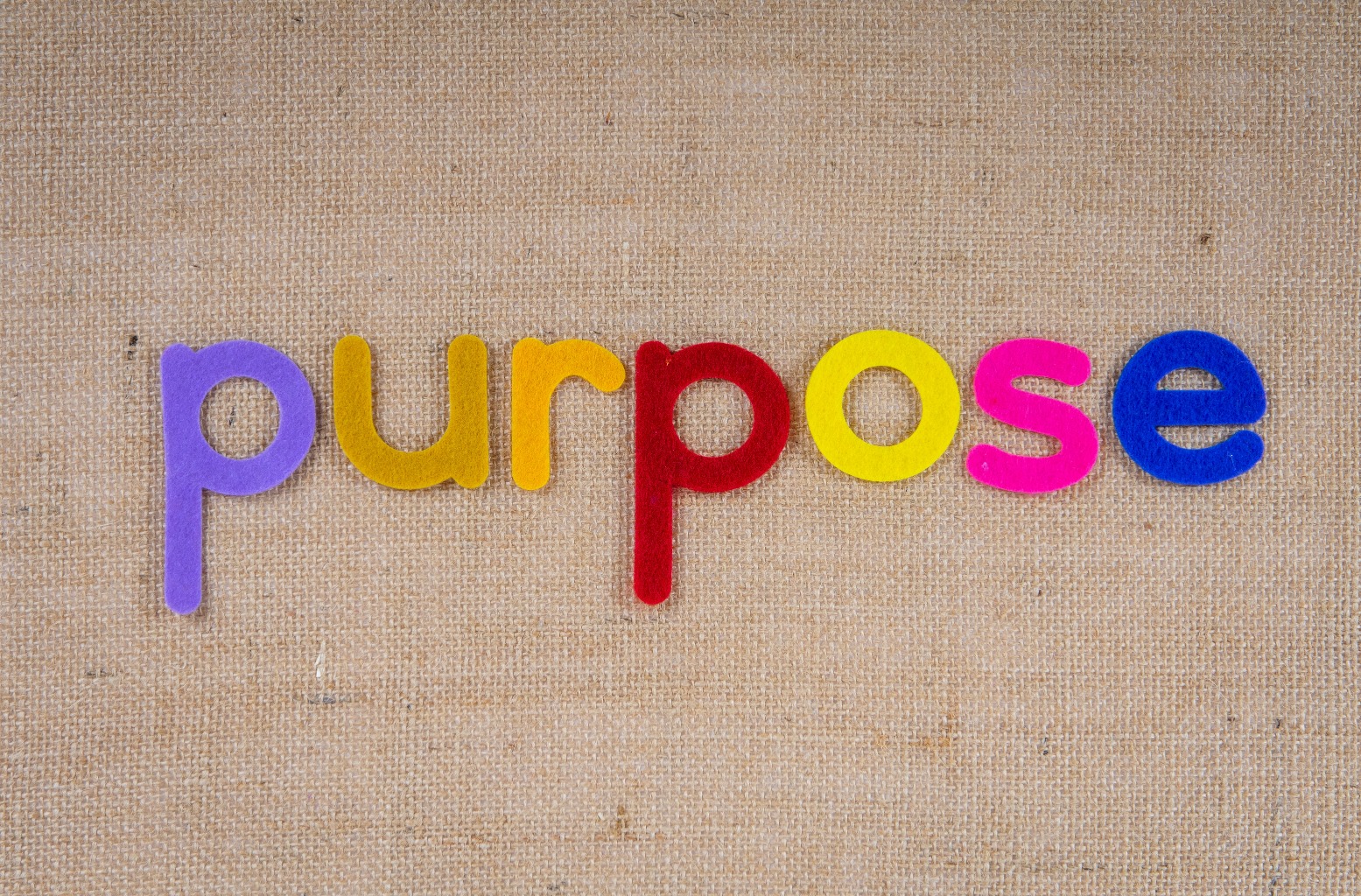
Determine Your Scene’s Unique Purpose
When setting your scene, you must understand that scene’s purpose. How does this scene contribute to the overall plot and what does it do to help move the story forward? Scenes tend to do three things—advance the plot, develop the characters, or both.
Try to boil down the purpose of each scene into one sentence. For example, the purpose of the first scene of my novel Vita and the Monsters of Moorhouse is to establish that Vita is an imaginative young girl who gets picked on by the other kids at school and is in danger of losing her only real friend. If you can’t figure out the purpose of a scene, you may want to consider cutting it out altogether.

Know Where You Left Your Characters, And Where They Are Now
When you transition from scene to scene, you should always remember where you left your characters at the end of the previous scene. It’s a good idea to read over the previous chapter before you begin writing to give yourself a sense of what’s been going on in your story’s world.
Once you have a good sense of where you left your characters, it’s time to think about where they are now. What’s changed for them between this scene and the last one? Perhaps they got injured in the last scene and now they wake up in a hospital. Or they were in an argument with a loved one and now the two aren’t talking. These transitions make the book exciting for the reader and keep them turning pages.

Give Readers a Sense of Scale
When you’re setting a scene, it’s ideal to give readers a sense of the scale of the protagonist’s surroundings right off the bat. Do they live in a big city or a small town? Maybe they live in the country or even on another planet.
The scale of the setting helps the reader to see what sort of story you’re going to tell. The setting is like a character in the novel and deserves to be developed well, as we’ll continue to discuss in the next few sections.

Use Visual Imagery
People tend to think of books as movies in their heads, so it’s vital that you give those readerly brains something interesting to look at. Though, of course, you should have a sense of balance—readers tend to get bored with too much detailed description and not enough action.
Still, one of the most important parts of setting a scene is literally setting the scene. Give readers a place to connect to so they can really feel the surroundings and become immersed in your world.

Be Specific
My favorite writing professor in college liked to recommend that we students “take a dip in the Specific Ocean”. What he meant was, that adding specific details would always make your writing more vivid to the reader. You could mention a teapot, or you could mention a powder blue, chipped teapot. One is a bland image, while the other seems so much more real.
When you focus on visual imagery, you should also add as many specific details as you can. As a result, you’ll end up with a much richer setting for your reader to enjoy.
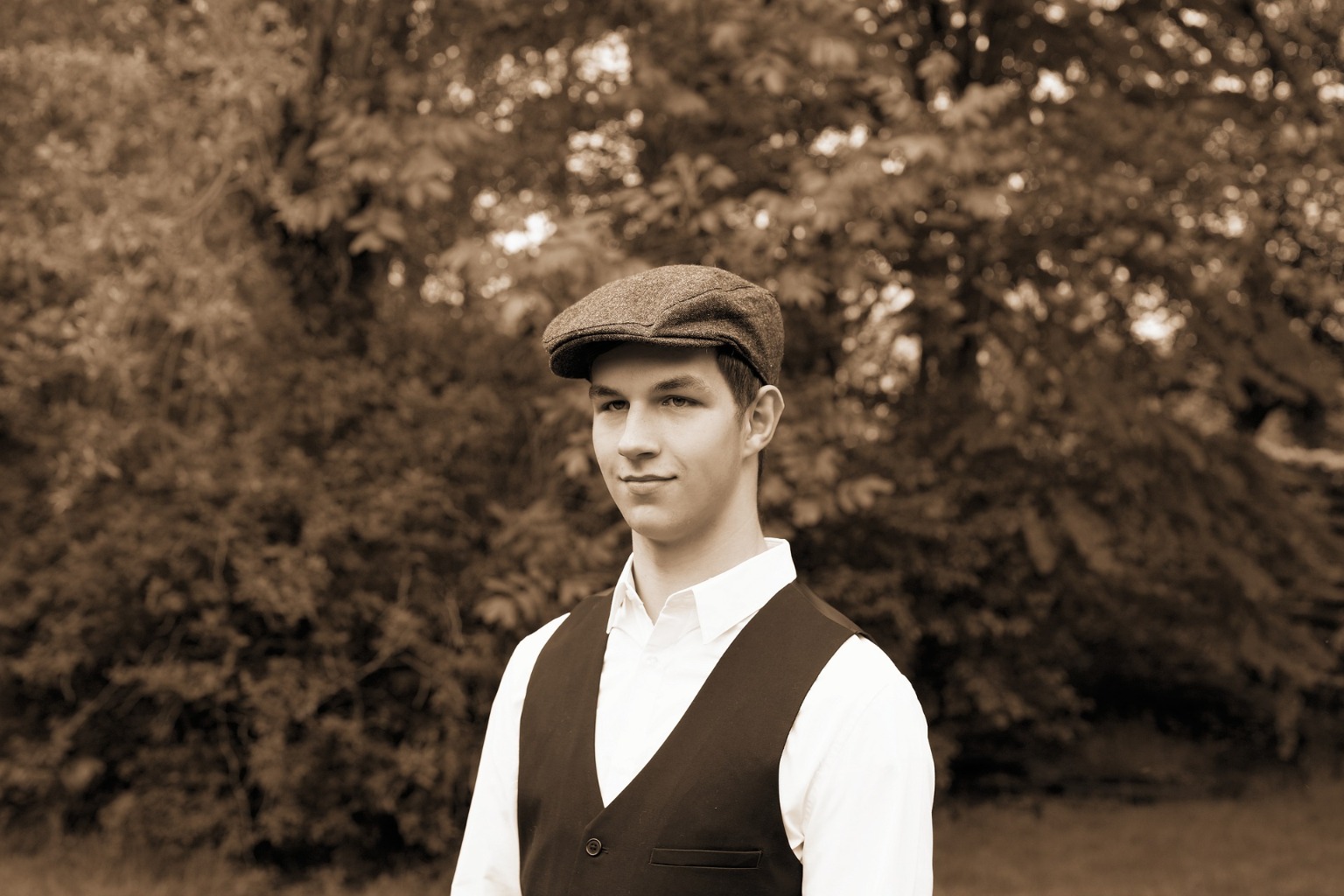
Establish the Time Period
One pivotal part of setting a scene is establishing the time period in which the story takes place. Does it take place in the past, present, or future? One simple way to do this is to announce the year in some way right toward the beginning of the first scene. You can also communicate the time period with the sorts of clothes people wear, how they speak, and what the architecture looks like.
Of course, there are certain types of stories where the time period doesn’t matter—those taking place entirely in magical realms or on other planets, for example. But even those stories will likely have a time period that resembles one on Earth, like the medieval atmosphere of Westeros in the A Song of Ice and Fire series by George R.R. Martin.
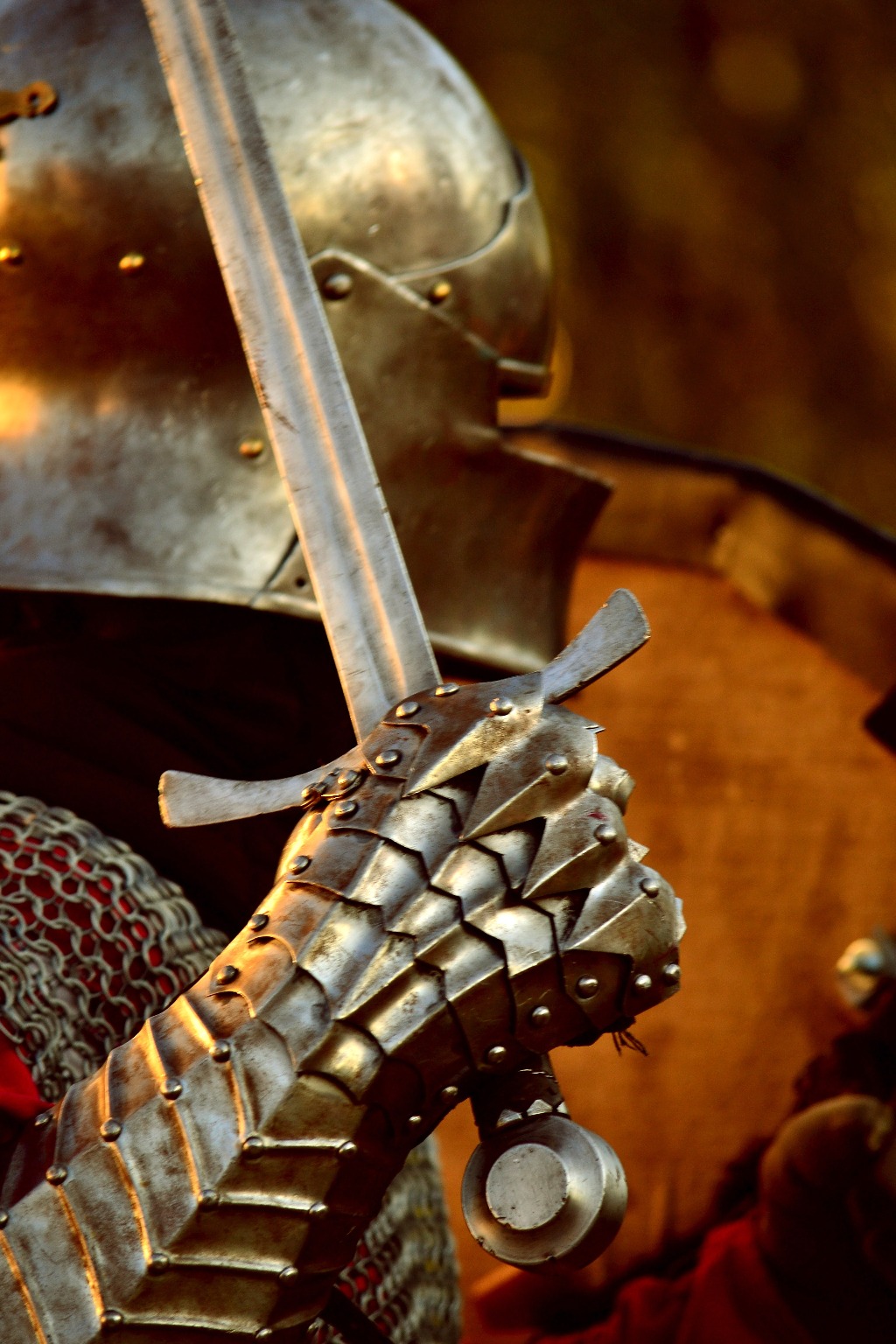
Start in the Middle
An exciting way to begin a scene is starting in media res. In media res is a Latin phrase that means “into the middle of things” and signifies when a scene starts right in the middle of the action. A character could be on the run from the cops, or in the middle of committing a bank robbery. It doesn’t have to be something as dramatic as that, but physical movement will help to immediately engage your reader with the story.
Homer’s famous epic poems The Iliad and The Odyssey both begin in media res. The Iliad starts right in the midst of the Trojan War while The Odyssey presents Odysseus being held captive by the goddess Calypso while a gang of suitors set their sights on his wife, Penelope. These stories, and many great ones like them, cut to an exciting start and then filter in the exposition through flashbacks.
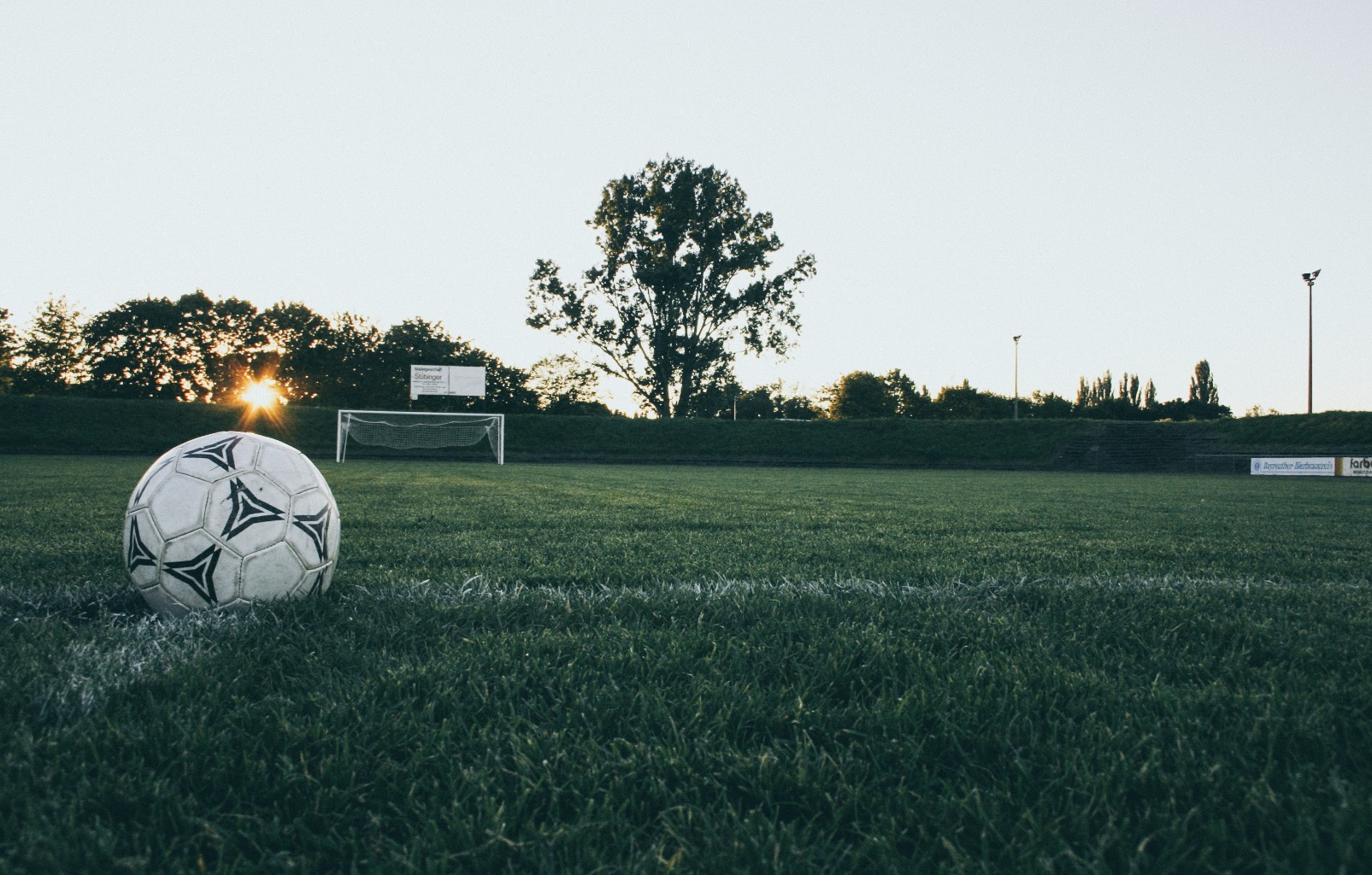
Create a Goal for Your Protagonist
A basic formula for a scene is that a character has a goal, but there is an obstacle to that goal, so the character must formulate a new plan of action or experience some moment of change. In order for this formula to work, you need to figure out what your character’s goal is in each scene. Is this scene going to bring them closer or further away from that goal?
Your main character should have an overarching goal that spans the whole book or series. For example, Harry Potter’s overarching goal is to defeat Voldemort. But through the scenes of each book, he has many smaller goals along the way like winning Quidditch matches and catching more minor baddies.

Once You’re Done, Go Back to the Beginning
After you finish your scene, firstly, pat yourself on the back! While it’s not the same as finishing an entire first draft, I feel a small surge of victory each time I finish writing a scene. Writing a book can be tough going and it’s important to congratulate yourself on those tiny wins along the way.
Before you start writing your next scene, I would recommend reading this scene over. Take note of your first sentence and whether it works or not, and if you set the scene effectively, grounding it in a time and place with specific, visual details. Giving scenes a quick read-over before moving on to the next will both help to immerse you in the story and strengthen your scene-setting.
I hope these tips will help you to go forth and set scenes with confidence. Starting off your scenes the right way will help you to hook a reader’s attention and not let go until they’ve finished the book.
Soak Yourself in Fiction
Follow us on Facebook | Instagram | Twitter | Discord